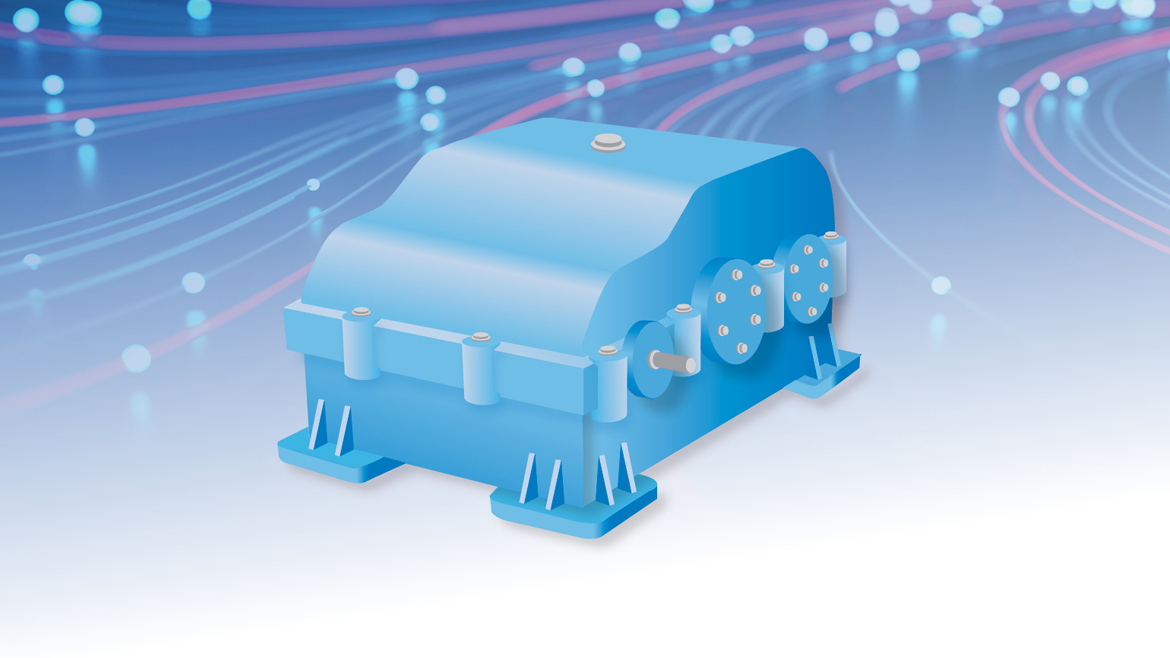Mobile:+86-311-808-126-83
Email:info@ydcastings.com
English
green sand aluminum casting
Green Sand Aluminum Casting An Essential Guide
Green sand casting is a widely used process in the metalworking industry, particularly for producing aluminum components. This method involves using a mixture of sand, clay, water, and other additives to create molds that can withstand the high temperatures of molten aluminum. The term green refers to the fact that the sand molds are not baked or hardened; they are used in their moist state. This article explores the advantages, process, and applications of green sand aluminum casting.
One of the most significant benefits of green sand casting is its cost-effectiveness. The materials required for creating green sand molds—such as silica sand, bentonite clay, and water—are relatively inexpensive and readily available. Additionally, the process allows for the rapid production of molds, making it ideal for high-volume production runs. Furthermore, the ability to reuse the sand reduces waste, making it an environmentally friendly option.
The manufacturing process begins with the preparation of the sand mixture. The sand is combined with bentonite clay and water to achieve the desired consistency and cohesion. This mixture is packed around a pattern—an exact replica of the part to be cast—creating a mold. The pattern is typically made of metal, wood, or plastic and helps in shaping the internal features of the casting.
green sand aluminum casting

Once the mold is created, it is separated from the pattern and assembled for casting. At this stage, the molten aluminum is poured into the mold cavity. The aluminum is typically melted in a furnace, reaching temperatures of around 1400°F to 1600°F (760°C to 871°C). The molten metal fills the mold, taking on its shape as it cools and solidifies.
After the aluminum has cooled sufficiently, the mold is broken away to reveal the cast part. The resulting pieces often require some additional finishing work, such as grinding, polishing, or machining, to meet precise dimensions and surface standards. However, the green sand casting process produces components with a good surface finish and dimensional accuracy right out of the mold, which can reduce the amount of post-processing needed.
Green sand aluminum casting is not only efficient but also versatile. It can be used to produce a wide variety of shapes and sizes, from small intricate components to large industrial parts. This flexibility opens up numerous applications across various industries, including automotive, aerospace, and general manufacturing. Components like engine blocks, transmission housings, and brackets are commonly produced using this method.
In conclusion, green sand aluminum casting is a reliable and efficient process that plays a critical role in the production of aluminum components. With its cost-effectiveness, versatility, and ease of use, it remains a popular choice for manufacturers looking to produce high-quality metal parts. Whether for mass production or smaller-scale applications, green sand casting continues to be a cornerstone of modern metalworking. As industries evolve, this method will likely adapt, incorporating new technologies and practices to meet future demands.
-
Materials Used in Manufacturing Cap End Pipe FittingsNewsNov.24,2025
-
Material Properties of CF8M CastingNewsNov.24,2025
-
How to Inspect Pump Cap Ends for DamageNewsNov.21,2025
-
Backward Curved Impeller – Efficient Airflow Solutions for Industry | YD CastingsNewsNov.21,2025
-
Automobile Water Pump - Efficient, Quiet, Durable & ElectricNewsNov.21,2025
-
Impeller for Pumps – High-Efficiency, Durable, OEM-ReadyNewsNov.21,2025











